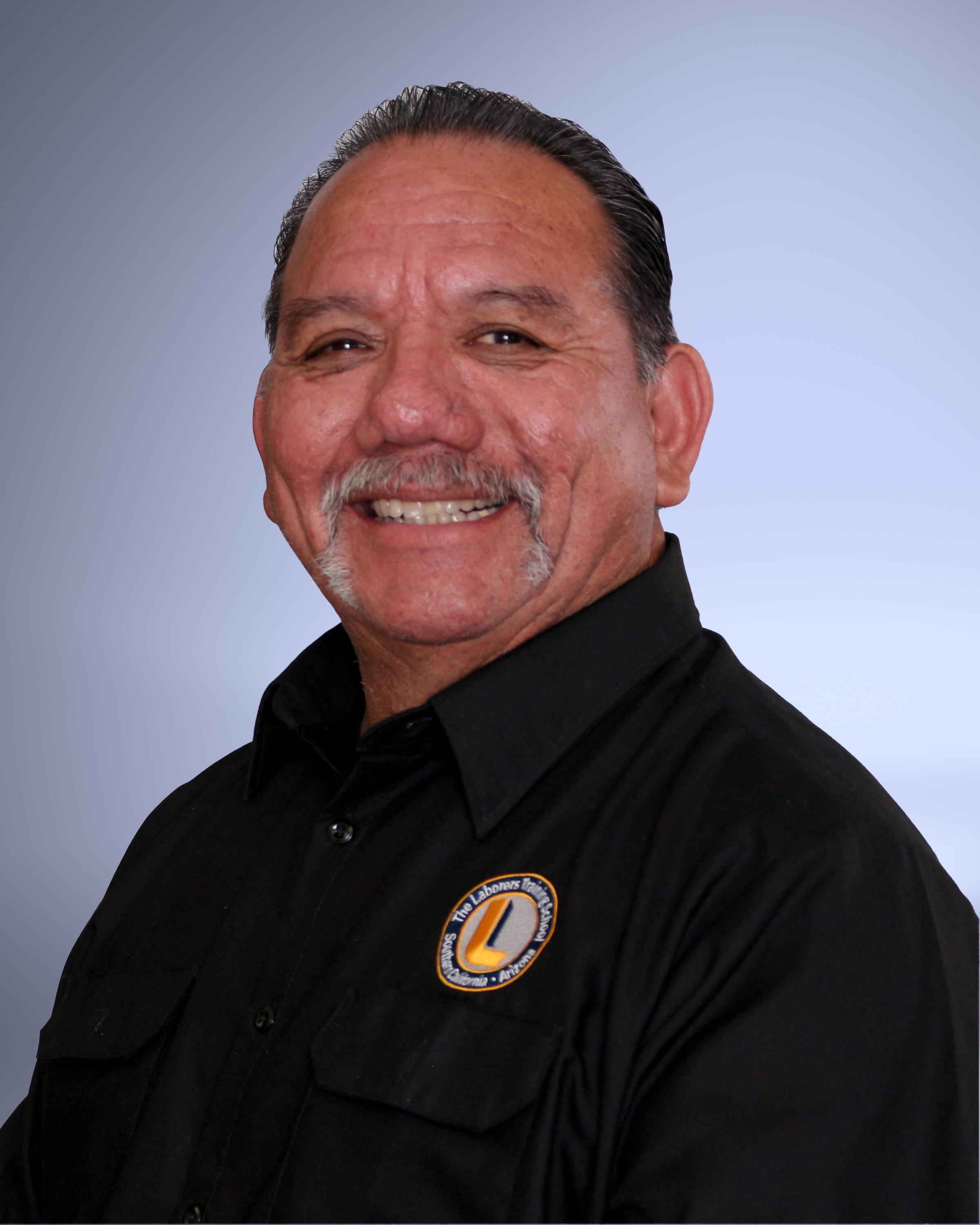Presented by Mark Solano, CHST. and the Laborers Training School
Impact hazards. The majority of impact injuries are caused by flying or falling objects, such as large chips, fragments, particles, sand, or dirt, or by sparks striking the eye. Most of these objects are smaller than the head of a pin and can cause serious injuries such as punctures, scratches, and bruises.
Impact hazards can result from many types of work operations, including chipping, grinding, masonry, riveting, woodworking, sawing, drilling, chiseling, and sanding.
To protect against impact injuries to your eyes in hazardous work areas, always wear safety glasses with side shields or goggles, even when wearing a face shield.
Safety glasses. Safety glasses are designed to shield the eyes from a variety of impact hazards and provide frontal protection to the wearer’s eyes. Side shields provide angular protection. Non-side shield glasses aren’t acceptable eye protection for impact hazards. Frames can be fitted with either corrective or Plano impact-resistant lenses. Plano lenses should be used by workers who don’t require vision correction, and prescription corrective lenses should be used by workers who do. Safety goggles.
Safety goggles are designed to shield the eyes against flying fragments, objects, large chips, and particles. Goggles fit the face and form a protective seal around the eyes. This prevents objects from entering under or around the goggles. The frame must fit properly to your face to form the correct seal.
Safety goggle lenses are designed and tested to resist moderate impact and may be removable or may incorporate prescription lenses mounted behind protective lenses if you need vision correction. Goggles are also available with different levels of ventilation.
Though your employer will provide you with suitable personal protective equipment (PPE) that complies with industry standards, different types may be available for different tasks. Before you begin a job that exposes you to impact hazards, take the time to consider which type of eye protection will provide your eyes with the best defense.
Care and maintenance. To make sure the form of eye protection you choose remains effective, clean and disinfect it regularly. To do this, disassemble the goggles or glasses, and thoroughly clean all parts with soap and warm water. Rinse all traces of soap and replace any defective parts with new ones. Swab the PPE thoroughly and immerse all parts for 10 minutes in a disinfectant solution. Remove the parts from the solution and let them air-dry in a clean place at room temperature or with heated air. Do not rinse after removing the parts from the solution because this will remove the germicidal residue that remains effective after drying. Replace the lenses if they become pitted or scratched.
Replace any headband if it becomes slack, worn out, soaked with sweat, or twisted to the point where the elasticity is reduced. To store eye protection properly, keep it in a clean, dust-proof container, such as a box, bag, plastic envelope, or storage case.

I entered the construction industry in the summer of 1979, faced with a choice from my father, who was president of Local 652 at the time: go to college or join the Laborers. I chose the Laborers.
I attended the Laborers Training School in Anza during the summer of 1980. Throughout my career, I worked with several respected companies, including Granite, Silverado, and Full Traffic Maintenance.
My passion for safety ignited during my time at Granite and I later assumed the role of Safety Manager at Griffith Company. This journey led me to serve on the subcommittee for Laborers Local 652 in Santa Ana in a management capacity.
It was there that I first learned of the position of Safety Officer at the Laborers Training School. Recognizing it as my calling, I embraced the opportunity to be part of a program that imparts knowledge ,experience, and safety values to young apprentices. It's both an honor and privilege to serve Laborer Local unions and contractors across Southern California.
"The path of safety and service is a rewarding one, built on sharing knowledge, experiences, and shaping a safer tomorrow."